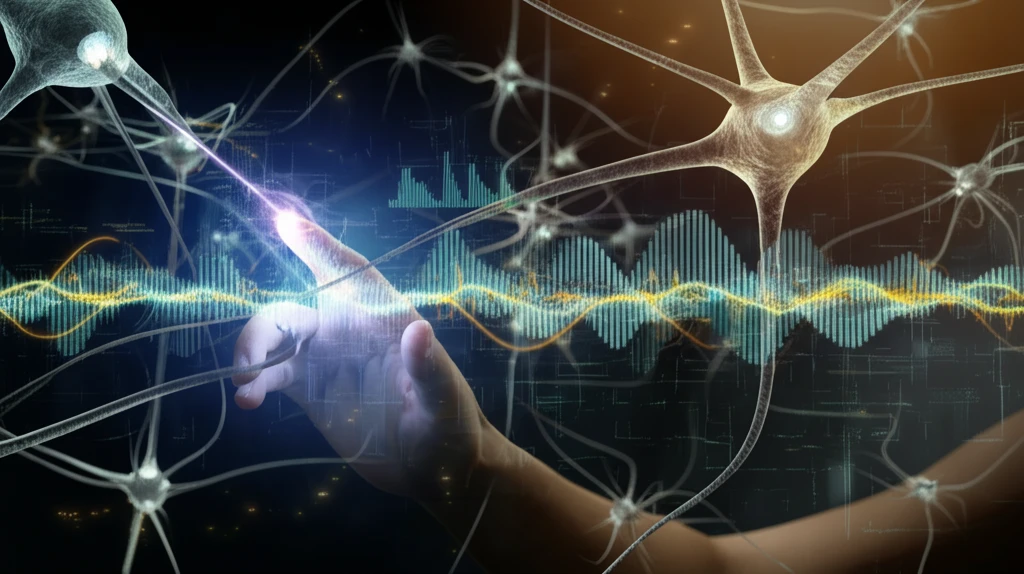
Unlock Your Dexterity: The Surprising Secrets of Finger Movement Coordination
"New research reveals the fascinating neural connections behind individual finger control and how it impacts everyday life."
Have you ever wondered how you can play the piano, type on a keyboard, or perform intricate crafts with such precision? The answer lies in the complex coordination of our fingers, a capability that sets us apart and enables a wide range of activities. While we often take this dexterity for granted, the underlying neural mechanisms are incredibly intricate and fascinating.
The extensor digitorum communis (EDC) muscle, located in the forearm, plays a crucial role in finger extension. This multi-compartment muscle allows us to extend each of our four fingers (index, middle, ring, and little) with varying degrees of independence. However, the extent to which these compartments operate independently versus in a coordinated manner has been a topic of ongoing research.
Recent studies have sought to unravel the mysteries of finger movement coordination by investigating the neural inputs that control the different compartments of the EDC muscle. By examining the coherence of motor unit (MU) activity within and across these compartments, researchers can gain insights into the sources of common and independent neural drive. Let's delve into what they found.
How Do Neural Inputs Control Finger Dexterity?

Researchers at the University of North Carolina conducted a detailed study to characterize the neural inputs to different compartments of the EDC muscle. They used a motor unit (MU) coherence analysis to quantify the degree of correlation between MU discharge patterns in different finger compartments. This approach allowed them to assess the common and independent neural inputs that contribute to finger movement.
- Delta Band (1-4 Hz): Associated with common modulation of mean firing rates, indicating a shared drive for generating muscle force.
- Alpha Band (5-12 Hz): Believed to reflect muscle spindle activity, suggesting spinal reflex loop involvement.
- Beta Band (15-30 Hz): Represents cortical and subcortical processes, indicating central nervous system influence.
- Gamma Band (30-60 Hz): Primarily reflects cortical activities, especially during dynamic muscle contractions.
What Does This Mean for You?
This research provides valuable insights into the intricate neural mechanisms that govern finger dexterity. By understanding how common and independent neural inputs contribute to finger movement, we can gain a deeper appreciation for the complexity of our motor control system. These findings also have implications for understanding and treating conditions that affect finger coordination, such as stroke and other neuromuscular disorders. Further research in this area could pave the way for targeted interventions to improve hand function and enhance our ability to perform everyday tasks with precision and ease.
